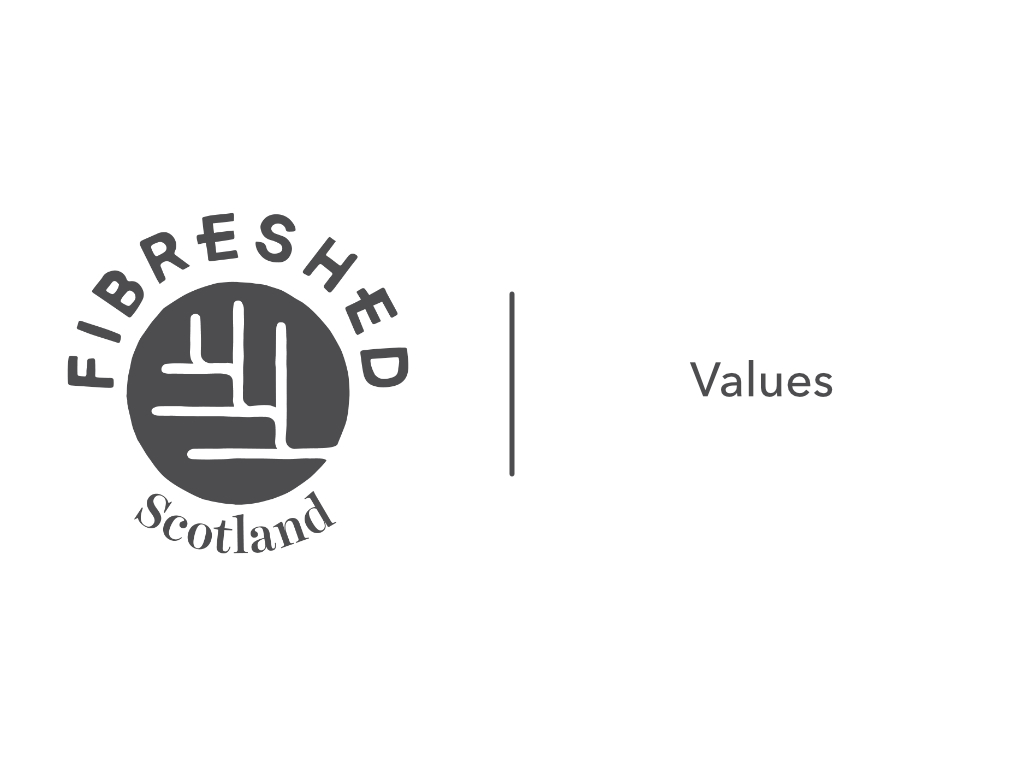What VALUES does Fibershed stand for?
An initial discussion around the VALUES that underpin Fibreshed's activities, starting with Collaboration.

Kate Dyer & Fibreshed Core Team
Do you remember a time when organisations didn’t seek to orientate themselves with statements of their Vision, Mission and Values? They’ve been around for quite a while now and I expect many of us have either spent some work time either brainstorming, discussing and agreeing them, or else receiving an email being told what they are (and then maybe wondering, ‘so what…?’)
In my experience, the usefulness of statements about Values really only come out when those affected take the chance to have a look at them and think through, what does that actually mean for me or us? How would I know if a decision or action is in line with or against these values? And again, so what…? Who is holding anyone to account for them?
Fibershed International came up with a statement of Values early in 2024, but most people don’t know about it. We’d like to open up a discussion about what they contain, what you understand by them, what you like and don’t like about what’s there and gather a few examples of scenarios that are in line with or against what’s there - particularly in relation to Scotland.
Please take part. Over the next few weeks, we’ll focus on each value in turn and give you the chance to have your say.
Here’s the first value they came up with:
- COLLABORATION: Facilitating non-competitive networks of mutual knowledge and resource exchange, while forming cooperative and supportive partnerships that center collectivism over individualism.
Do you like or dislike what’s written here? Why or Why not?
Can you think of any good examples from textiles within Scotland (or maybe further afield) of centering collectivism over individualism? Or non-competitive networks of knowledge and resource exchange?
Or bad examples that we should take care to learn lessons from…?
The kinds of things that sometimes come up in discussion are:
- How much to charge for workshops? - we want to be inclusive (that’s another value to be discussed), we want to respect the amount of training and experience we have (and home based / craft textiles have often been devalued as ‘women’s work’), we don’t want to undercut each other, so what is a fair amount to charge?
- Can we help ensure participation in Fibreshed Scotland is more than just part of a marketing strategy?
- How do we protect the skills and knowledge, for example about growing and processing natural dyes when in discussion with big business whose interests could lie privatisation of what has traditionally been ‘common knowledge’? Or else knowledge that we ourselves have gained over years of training and practice …?
Please follow this link to a place to add your thoughts and observations.